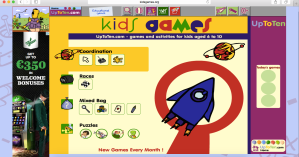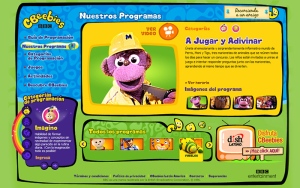A very serious Interview
I interviewed my 5-year-old brother on this concept, because what better way to find out if game-based learning had any effect on children? Just ask one of them, easy!
A cold, crisp morning in Cork, and Callum is playing with his Lego Police station that he received from Santa Claus. “Nee-naw nee-naw”. He’s so consumed with it, I couldn’t bear to take him away, but I do anyway, all in the name of #BADHIT. I take a gamble and tell him that he can play the online games on my laptop if he pulls through with this, and he seems to be all game for it then.
Sentences written in this interview have not been constructed for your pleasure, they have been recorded and written down word for word.
- “Callum, do you think games help you learn?”
- “No”
- “Why?”
- “Because you always play all day, if you play all day, you’ll be crying if your mom gets.. if your mom gets really angry and she’ll put you up to bed, that’s not learning you”.
- *Laughing* “okay…”
Gamification
- “Do you know what Gamification means?”
- “No, I don’t know”
- “Gamification means the use of game thinking and game mechanics in non-game contexts to engage users in solving problems and increase users’ self contributions.”
- “I don’t know what that means”
- “It basically means, in your normal day, you pretend you’re in a game, so you can solve problems”
- “Ya”
- “Ya what?”
- “I don’t know about ya what”
- “Do you think it’s cool?”
- “No”
- *Disappointed* “Okay..”
I showed him the 3 pictures below, and asked him what his favourite device to play with was.
He pointed at the PlayStation remote and said “That one”.
- “What games do you like that’s on the Playstation?”
- “Your game, because I love the drive, I love driving the car and I love when I’m sinking it under water” (He’s on about GTA V)
- *Laughing nervously* Em… So you like playing the Wii, what’s your favourite game on the Wii?”
- “Eh, the Wii CD”
- “So that’s the Wii Sports or Wii Sports Resort?”
- *Excited* “Oh ya Wii Sports Resort!!”
Graphics and colours of Websites
- “Do you like websites better if they’ve more colour in them?”
- *Big grin on his face* “I love websites more than their colour” (He’s making no sense, but he can see I have games websites open and he’s playing up to me so he can play them)
Then I gave him the option of these two websites below, to choose which one he preferred just from looking at them.
- “Which website looks more appealing to you?”
- *Smiling and almost laughing* “This one” (He’s pointing to the one on the left, Disney Junior)
- “Why Disney Junior?”
- “Because I love Disney Junior”
- “But why do you like this website more than the other one?”
- “Because Sheriff Callie was the new one that came on”
- “But does it look better”?
- “Ya”
- “Is it because of the colours or what?”
- “The colours, only one colour, you see the blue all around the picture, that’s my favourite colour!”
- “So you only like one colour in the background? Not loads like the one on the right?”
- “Ya not like that one”
- “So you think the rainbow colours work good with one colour in the background?”
- “Ya, even, even, the back of the screen. But I love playing Sheriff Callie, the Sheriff Callie game, That was a new one it came on”
This was his hint to say “I’ve done my part, we had a deal”. So I let him play ’till my battery died and told him he broke it. Now he has to wait ’till it’s “fixed” until he can play again. And with that, I have what I need.
Megan Desmond





